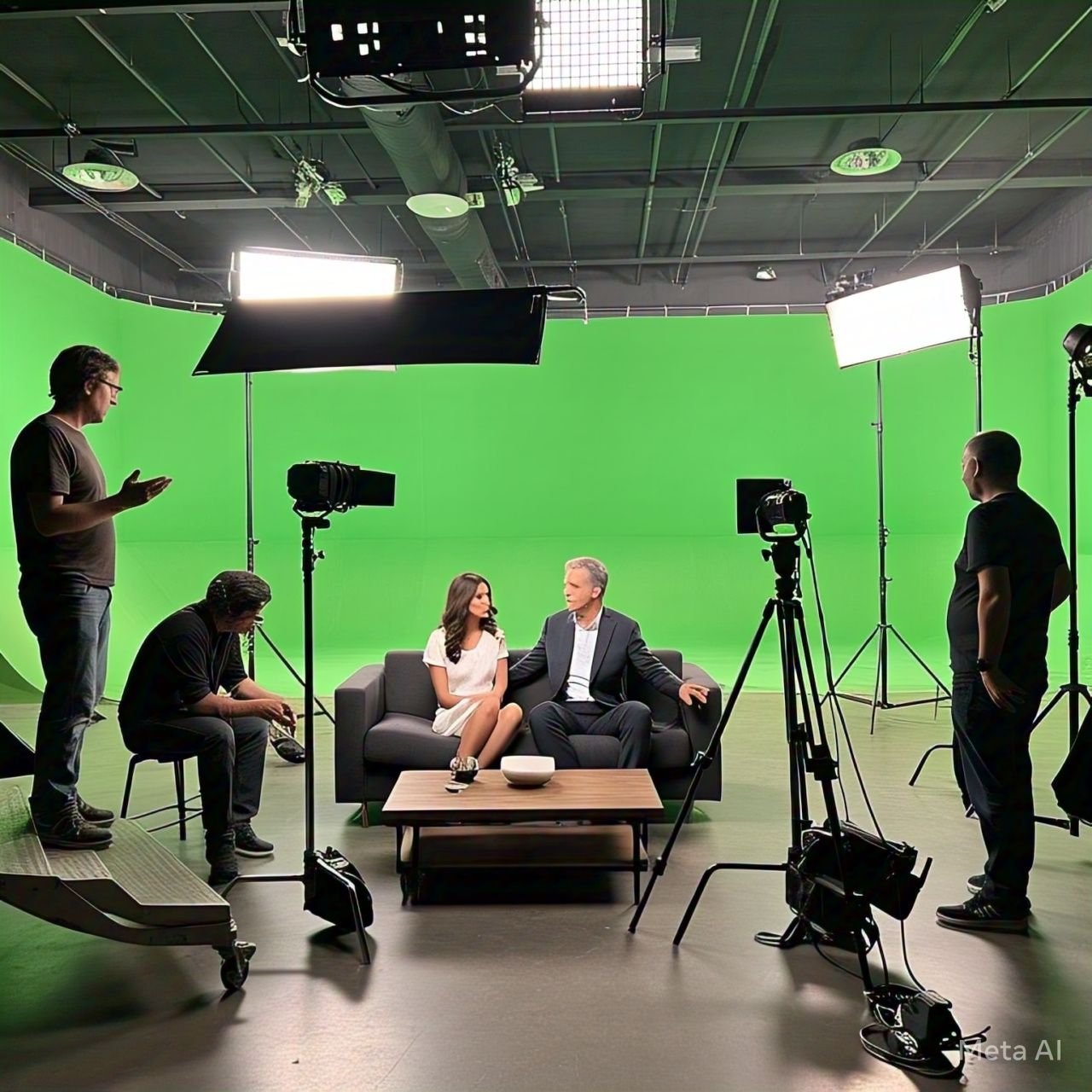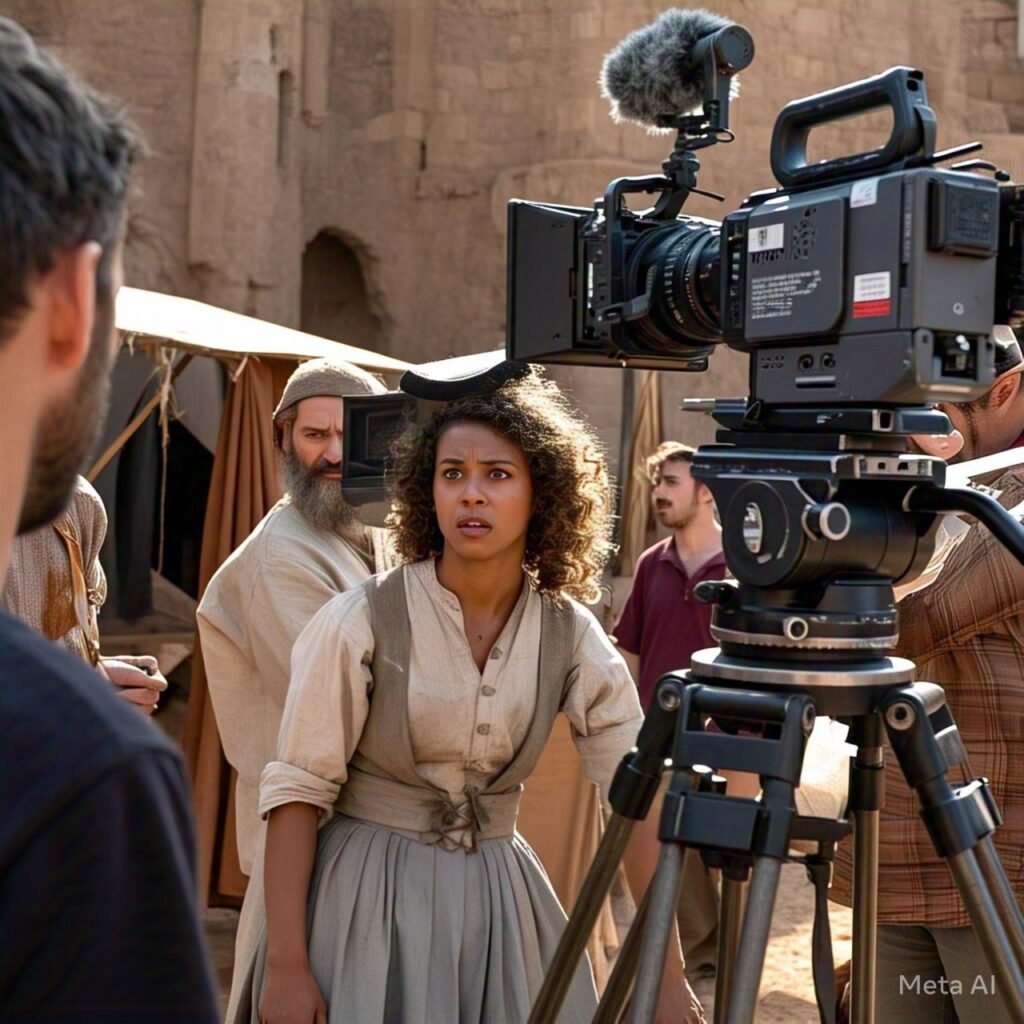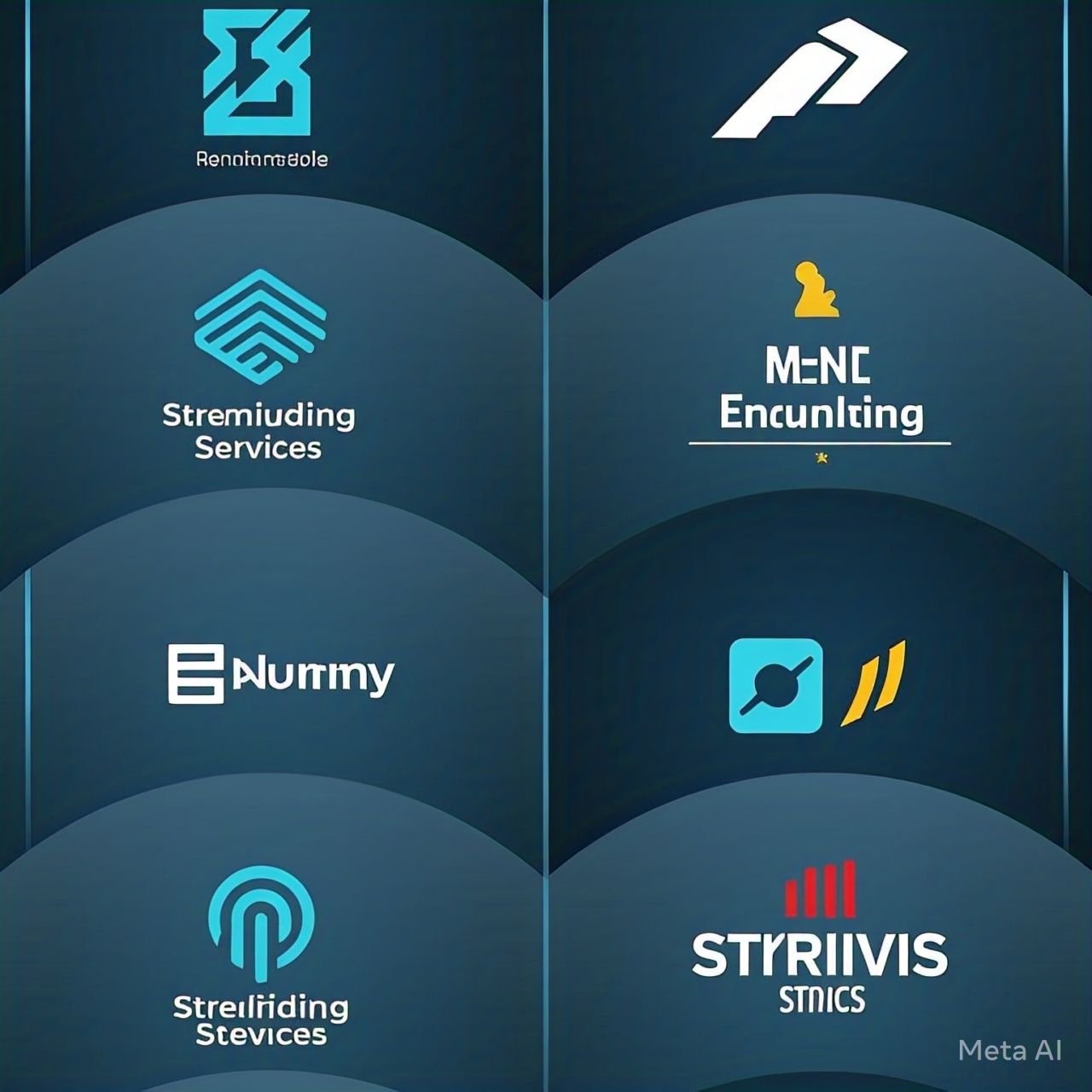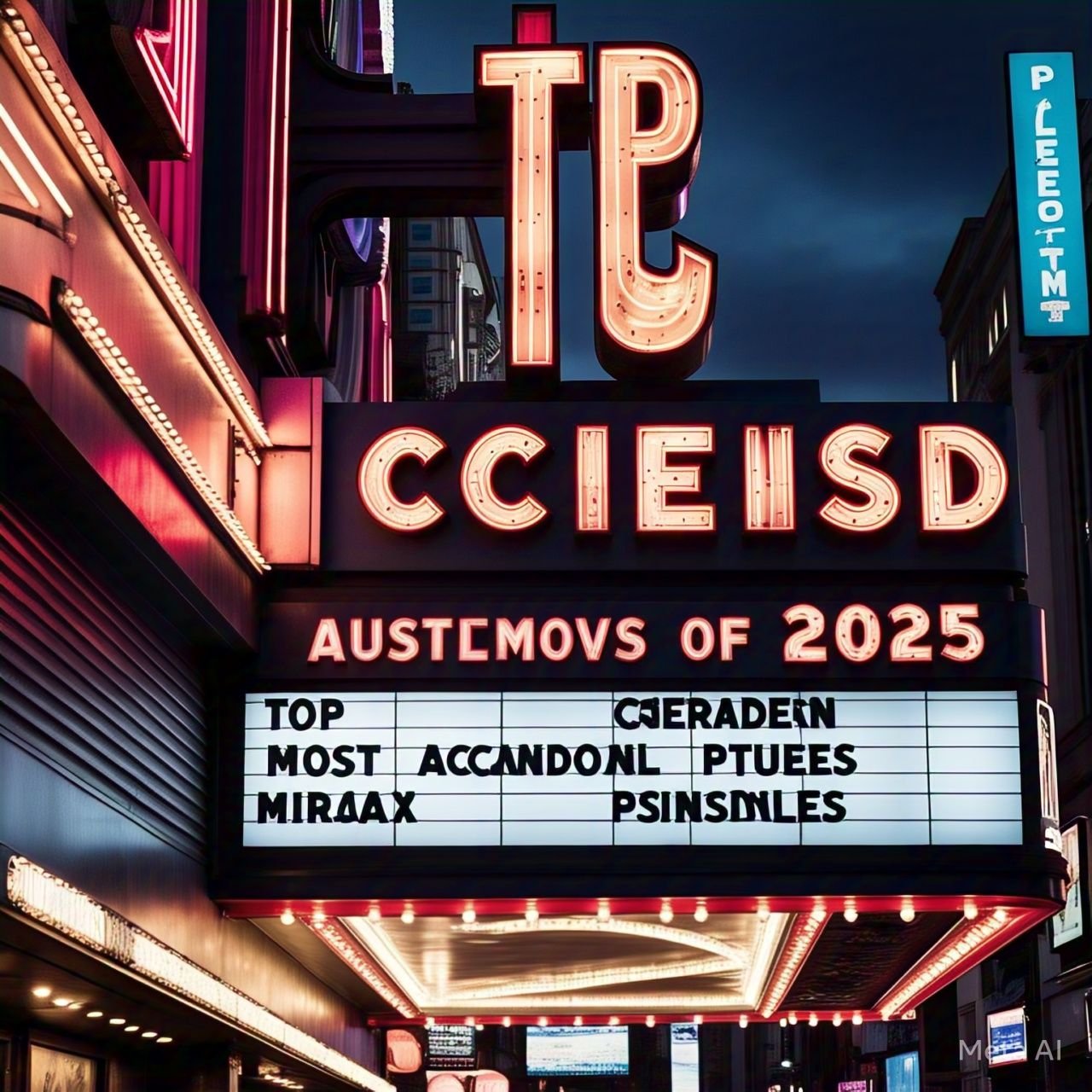Behind the Scenes: How Movies Are Made

Outline
H1: Introduction
- The magic of movies
- Why understanding the process matters
H2: Pre-Production Phase
H3: Idea Generation & Scriptwriting
H3: Pitching to Studios and Producers
H3: Budgeting and Scheduling
H3: Casting the Right Talent
H3: Location Scouting and Set Design
H3: Assembling the Crew
H2: The Production Phase
H3: Lights, Camera, Action – What Really Happens on Set
H3: Directing – Bringing the Vision to Life
H3: Cinematography – Crafting the Look of the Film
H3: Practical Effects vs. CGI
H3: Challenges on Set – Weather, Time, and Budget
H2: Post-Production Phase
H3: Editing – The Story Comes Together
H3: Sound Design and ADR
H3: Musical Score and Soundtrack
H3: Visual Effects (VFX) and Color Grading
H3: Test Screenings and Final Cuts
H2: Distribution and Promotion
H3: Marketing the Movie
H3: Film Festivals and Premieres
H3: Theatrical Release vs Streaming
H2: The Unsung Heroes of Filmmaking
H3: Script Supervisors, Gaffers, and Grips
H3: Production Assistants – The Backbone of the Set
H3: Editors, Sound Engineers, and Colorists
H2: Conclusion
H2: FAQs
- How long does it take to make a movie?
- What’s the difference between a producer and a director?
- Why are some scenes shot out of order?
- What is a storyboard and why is it important?
- How much does a movie typically cost to make?
Behind the Scenes: How Movies Are Made
Introduction
Movies are pure magic. But behind every jaw-dropping action scene, every emotional performance, and every laugh-out-loud moment is a meticulously orchestrated process that turns a simple idea into a full-blown cinematic masterpiece. If you’ve ever wondered what really goes on behind the scenes of your favorite films, you’re in for a treat.
Let’s pull back the curtain and explore the step-by-step process of how movies are made—from spark to screen.
Pre-Production Phase
Before a single camera rolls, a whole lot of planning goes into making sure the production runs smoothly.
Idea Generation & Scriptwriting
It all starts with a concept. This could be a totally original idea, an adaptation of a book, or even a reboot of a classic. The script is the blueprint of the entire film. Screenwriters flesh out characters, build dialogue, and structure the plot scene by scene.
Pitching to Studios and Producers
Once a script is finalized (or even in draft form), it gets pitched to producers or studios. If they like what they see, the project gets greenlit—aka approved for development.
Budgeting and Scheduling
Now it’s time to figure out the financials. How much will it cost to make? From actors’ salaries to camera rentals to catering—everything is budgeted. A production schedule is also created to map out filming days, locations, and more.
Casting the Right Talent
Casting directors work with producers and directors to find the perfect fit for every role. Big names may be sought for star power, while other roles might require auditions or even global casting calls.
Location Scouting and Set Design
Some films are shot entirely on sets, others in real-world locations. Location scouts search for spots that match the vision. Meanwhile, set designers start building the physical spaces where scenes will unfold.
Assembling the Crew
Every movie needs a team. From the director and cinematographer to sound techs and grips—this crew will be essential in bringing the story to life.

The Production Phase
Lights, camera, chaos—this is where the magic (and madness) happens.
Lights, Camera, Action – What Really Happens on Set
On set, dozens (sometimes hundreds) of people are working at once. Actors rehearse scenes, cameras are positioned just right, lighting is adjusted for every shot, and props are placed with precision.
Directing – Bringing the Vision to Life
The director is the captain of the ship. They guide actors’ performances, decide camera angles, and make sure every element fits their vision for the film.
Cinematography – Crafting the Look of the Film
The director of photography, or cinematographer, works with lighting, camera movement, and lens choices to give the film its signature look.
Practical Effects vs. CGI
Not all movie magic is computer-generated. Explosions, makeup, and physical stunts often happen live on set. CGI adds the finishing touches—like turning a green screen into outer space or creating entire characters digitally.
Challenges on Set – Weather, Time, and Budget
Filmmaking isn’t always glamorous. Bad weather, broken equipment, or time constraints can throw off an entire day’s schedule. That’s where flexibility and quick problem-solving come in.
Post-Production Phase
Once filming wraps, the movie is far from done.
Editing – The Story Comes Together
Editors take the raw footage and cut it into a cohesive narrative. They choose the best takes, trim scenes, and assemble everything into the final flow.
Sound Design and ADR
Sound designers add everything you hear in the film—footsteps, background noise, and more. ADR (Automated Dialogue Replacement) is used when actors re-record lines in the studio to fix audio issues.
Musical Score and Soundtrack
Music sets the emotional tone. Composers create original scores, while popular songs might be licensed to enhance scenes.
Visual Effects (VFX) and Color Grading
This is where CGI magic happens. Spaceships, monsters, explosions—it’s all added here. Color grading fine-tunes the visual tone, making everything look consistent and cinematic.
Test Screenings and Final Cuts
Test audiences are brought in to watch early cuts. Based on feedback, scenes might be re-edited, added, or cut entirely before the final version is locked in.
Distribution and Promotion
Now it’s time to show the world.
Marketing the Movie
Trailers, posters, interviews, and social media buzz are all used to get audiences excited. Marketing teams go all out, especially for big-budget blockbusters.
Film Festivals and Premieres
Some films debut at festivals like Cannes or Sundance to build buzz. Others have glamorous red-carpet premieres for media attention.
Theatrical Release vs Streaming
Depending on the film, it might hit theaters, land on a streaming service, or both. Each route has its own strategy and audience reach.
The Unsung Heroes of Filmmaking
Behind every big-name director and movie star is a team of hardworking professionals making the magic happen.
Script Supervisors, Gaffers, and Grips
Script supervisors ensure continuity from scene to scene. Gaffers handle lighting, while grips support camera movement and rigging.
Production Assistants – The Backbone of the Set
PAs do a little bit of everything—from coffee runs to helping with gear. It’s often the first stepping stone in the industry.
Editors, Sound Engineers, and Colorists
These behind-the-scenes wizards make sure every scene sounds and looks incredible. Without them, the movie would fall flat.
Conclusion
Making a movie is like building a house—every role, tool, and step matters. From a scribbled idea to a dazzling premiere, filmmaking is a complex but incredibly rewarding art form. Next time you watch a film, stick around for the credits—you’ll have a whole new appreciation for every name that rolls by.
FAQs
1. How long does it take to make a movie?
It varies—some indie films take a few months, while big-budget blockbusters can take years from development to release.
2. What’s the difference between a producer and a director?
A producer handles the business and logistics. A director focuses on the creative vision and execution on set.
3. Why are some scenes shot out of order?
Shooting is based on logistics like location availability and actor schedules—not story sequence.
4. What is a storyboard and why is it important?
A storyboard is a visual sketch of scenes. It helps the director and crew visualize shots before filming.
5. How much does a movie typically cost to make?
Anywhere from a few thousand dollars for an indie film to hundreds of millions for a Hollywood blockbuster.



